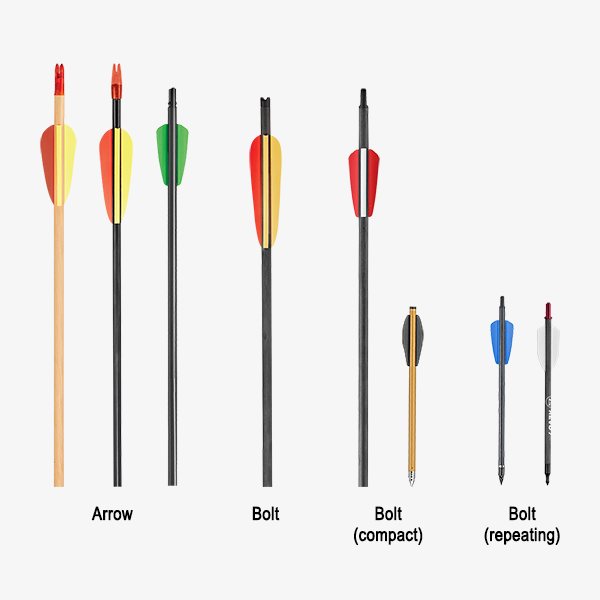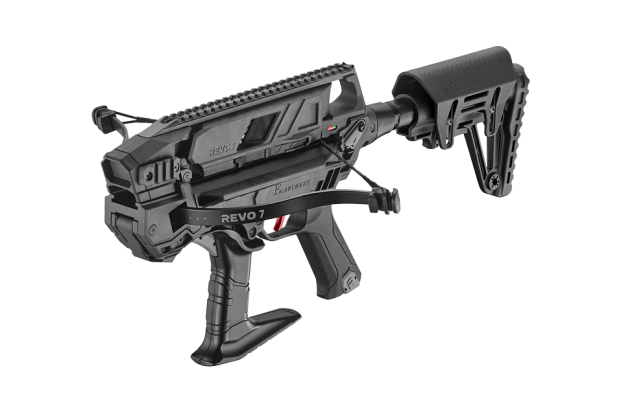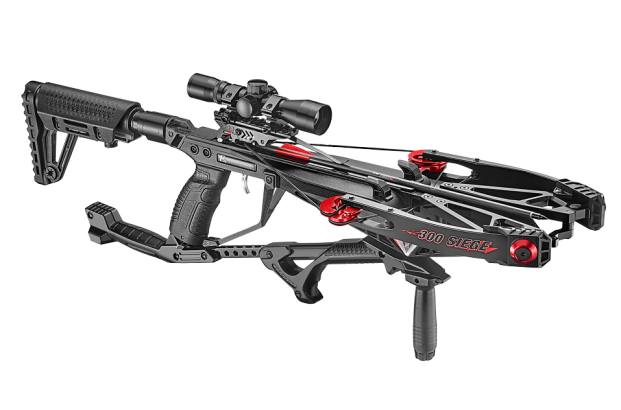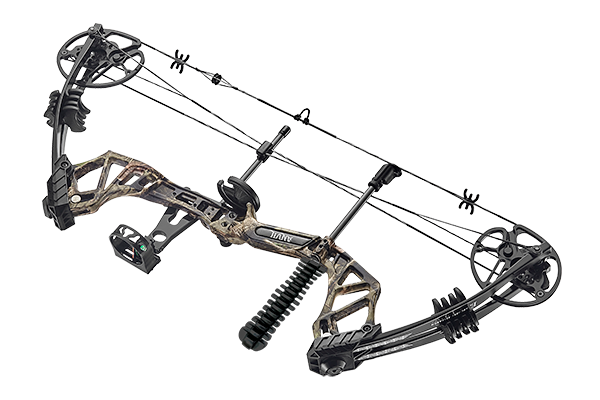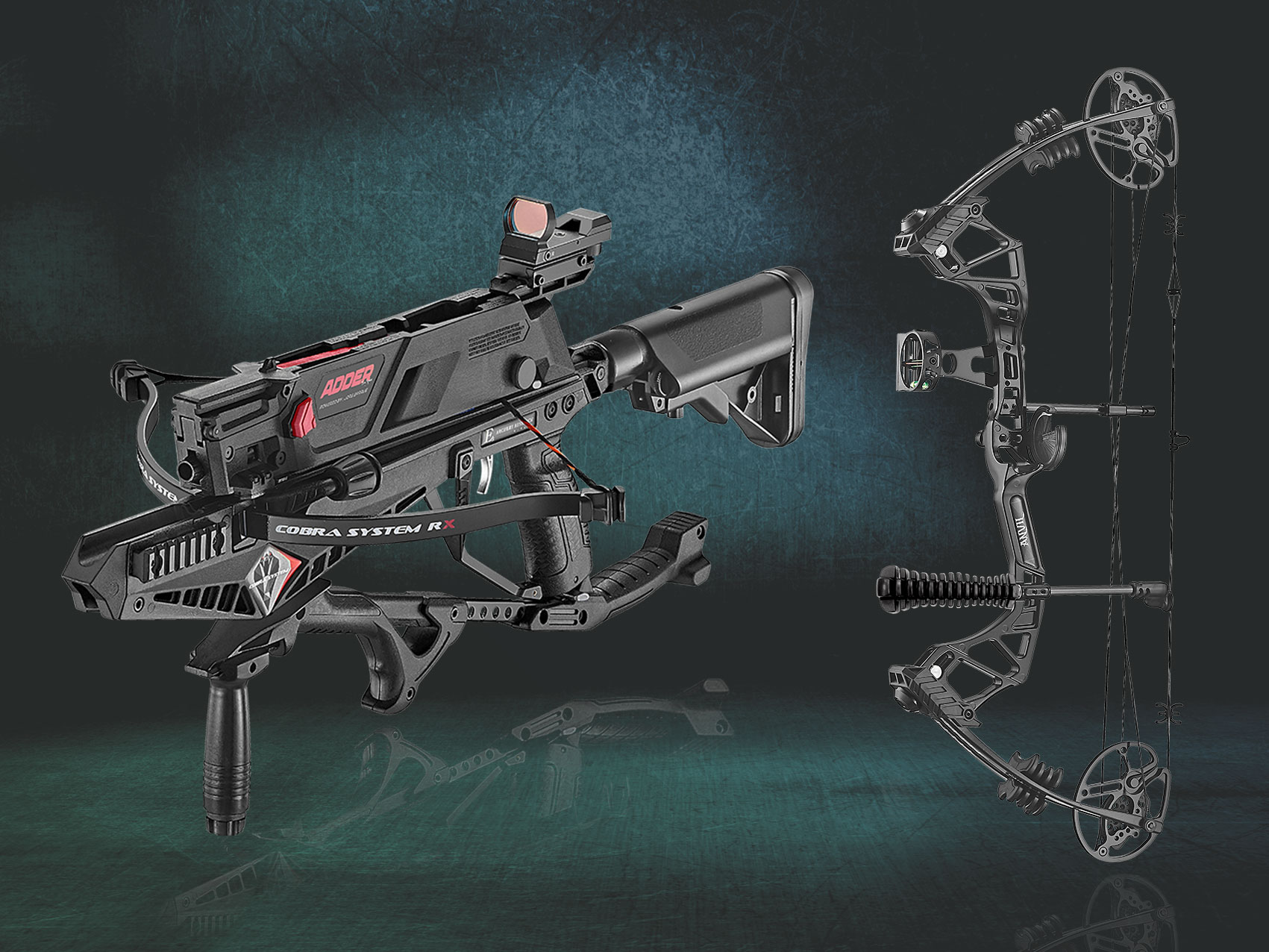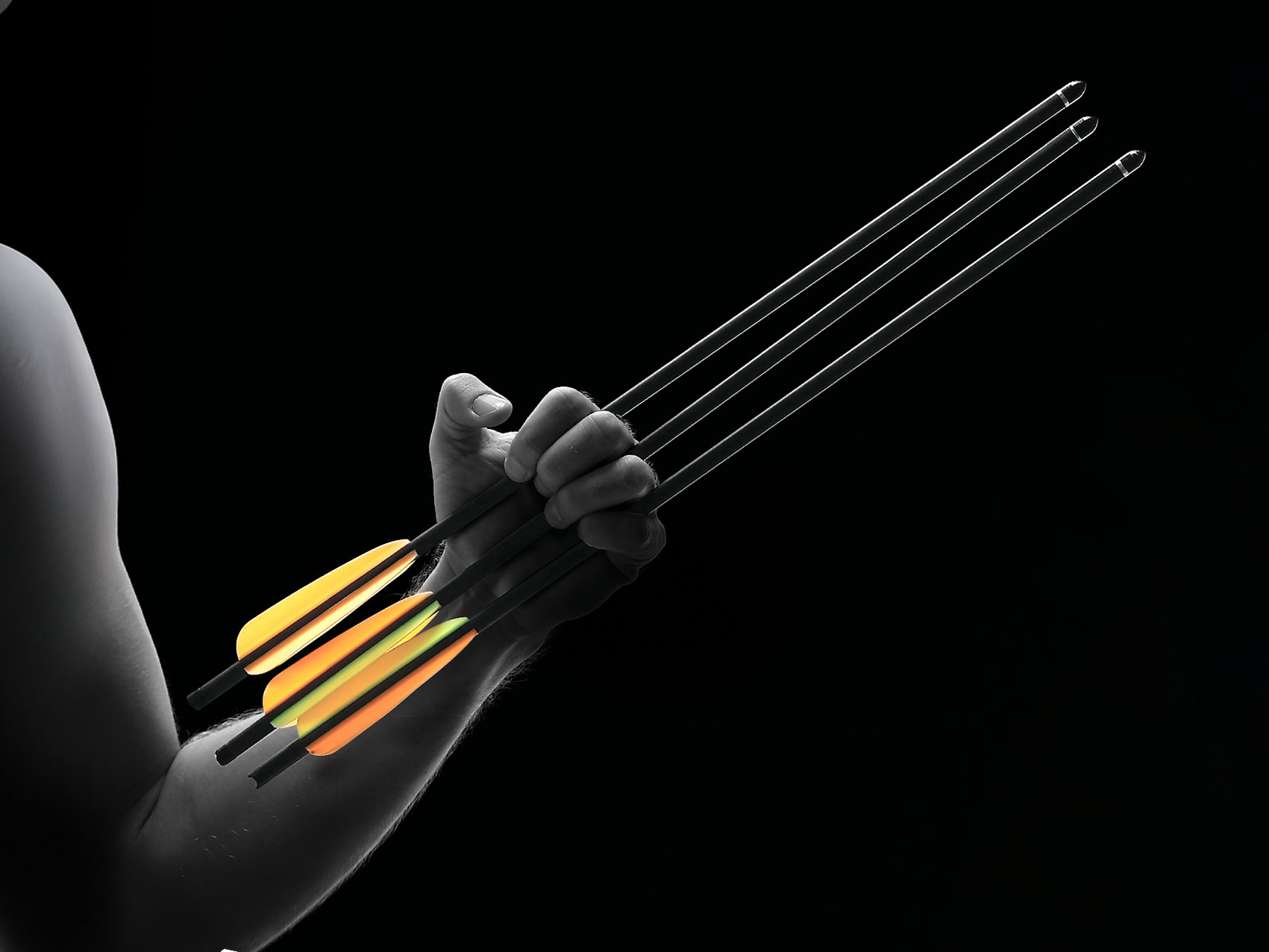Crossbow Bolt vs. Arrow: A Practical Guide to Choosing the Right Projectile
When it comes to archery equipment, choosing the correct projectile is just as important as selecting the bow itself.
While crossbow bolts and traditional arrows may appear similar at first glance, they are engineered for different systems and purposes.
This guide outlines the key differences between bolts and arrows—covering structure, function, and intended use—to help shooters make informed decisions and maximize their performance in the field or on the range.
MENU
What Is a Crossbow Bolt?

A bolt is a short, heavy projectile specifically designed for use with a crossbow. Built to withstand high draw weights and deliver concentrated energy.
Bolts are characterized by the following:
- Length: Typically 16–22 inches for full-size crossbows; 6.5–7.5 inches for compact or repeating models.
- Material: Commonly constructed from carbon fiber or aluminum for a balance of strength and accuracy.
- Flight: Bolts travel on a flat, horizontal trajectory and maintain high stability over short to medium distances.
- Fletching: Most bolts use three vanes; compact models may use two, depending on design compatibility.
- Nock: Often feature a flat or semi-rounded back end rather than a traditional arrow nock.
Recommended applications:
- Target shooting
- Legal hunting (check local regulations)
- Survival and tactical use
- General outdoor shooting activities
What is an Arrow?

An arrow is a longer, lighter shaft used with traditional bows—including recurve, longbow, and compound models.
Arrows are designed to flex and store energy during the draw, releasing it upon firing to propel the arrow in a high, arching flight path.
Key characteristics include:
- Length: Typically 25–38 inches
- Material: Wood, fiberglass, carbon fiber, or aluminum
- Flight: Optimized for long-distance travel and vertical trajectory
- Fletching: Generally equipped with three vanes or feathers
- Nock: A slotted tip designed to attach securely to the bowstring
Recommended applications:
- Competitive archery (e.g., Olympic recurve events)
- Backyard or indoor target practice
- Hunting with traditional or compound bows
- Archery training and historical/cultural performances
Comparison Table: Bolt vs. Arrow
|
Specification |
Bolt (Crossbow) |
Arrow (Traditional Bow) |
|
Compatible Equipment |
Crossbows (standard, compact, repeating) |
Recurve, longbow, compound bow |
|
Launch Direction |
Horizontal |
Vertical |
|
Length |
5.5–22 inches |
25–38 inches |
|
Weight |
Heavier for higher energy transfer |
Lighter for increased flight distance |
|
Tail Design |
Flat or semi-rounded end |
Slotted nock for string attachment |
|
Power Source |
Mechanical release |
Manual draw force |
|
Materials |
Carbon fiber, aluminum |
Wood, fiberglass, aluminum, carbon fiber |
|
Primary Use Cases |
Hunting, target shooting, tactical |
Competitive archery, training, hunting, traditional use |
Compatibility Reminder
Bolts and arrows are not interchangeable.
Crossbows require specially designed bolts that match their firing rail and trigger system. Likewise, traditional bows demand arrows with proper nocks that secure to the bowstring.
Using the wrong projectile may result in poor performance, equipment damage, or injury.
Always refer to your bow’s specifications and recommended projectile type before making a purchase.
Which Has Greater Penetration Power?
Due to their compact structure and increased mass, bolts often exhibit superior penetration power—particularly when paired with broadhead tips.
The mechanical force of a crossbow allows for higher kinetic energy (KE) upon release, making bolts effective for short-to-mid-range hunting scenarios.
Arrows, while capable of long-distance accuracy, typically lose energy over greater distances and offer lower impact force unless paired with high-draw bows and specialized arrowheads.
For more on projectile performance, refer to our Kinetic Energy Calculation Guide.
How to Choose the Right Projectile
Before purchasing bolts or arrows, consider the following:
- Bow Type
- Use bolts exclusively with crossbows.
- Use arrows exclusively with traditional or compound bows.
- Intended Use
- Hunting, target practice, or competition?
- Draw Weight and Manufacturer Recommendations
- Match projectile length and material to your bow’s specs for optimal safety and accuracy.
Conclusion
While bolts and arrows may share a similar purpose, their construction and functionality are entirely distinct.
Selecting the correct projectile for your bow setup is essential for achieving the desired performance and maintaining equipment longevity.
For further assistance, consult your local archery retailer or refer to manufacturer specifications. Making the right choice ensures safer shooting, better results, and a more rewarding experience—whether in the woods or on the range.


